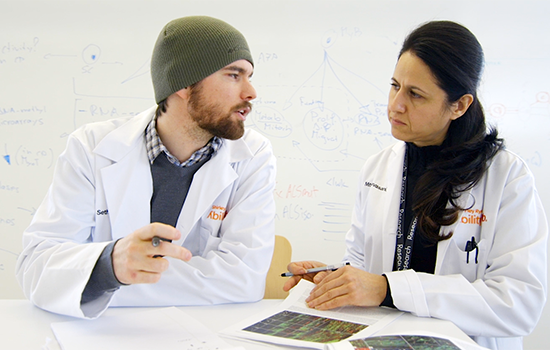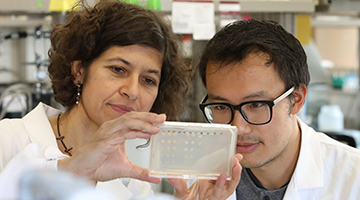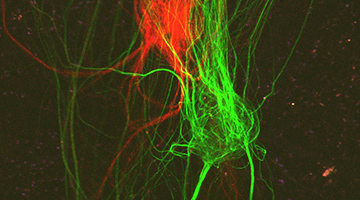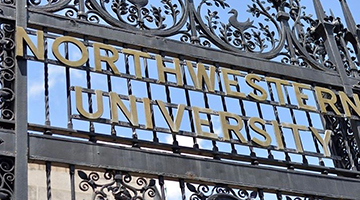World-class neuroscience training and research
Northwestern University offers world-class advanced training in neuroscience via its Interdepartmental Neuroscience (NUIN) PhD program. NUIN is anchored in the Feinberg School of Medicine, Shirley Ryan Ability Lab and Ann & Robert H. Lurie Children’s Hospital of Chicago on the university’s Chicago campus and the Weinberg College of Arts and Sciences, McCormick School of Engineering and School of Communication on the Evanston campus. NUIN is a highly interdisciplinary and collaborative program with numerous and diverse foci of research excellence.
Who We Are
The NUIN program has approximately 160 PhD students and 160 faculty representing 20 departments across the Chicago (Medical School) and Evanston (Undergraduate) campuses. Meet the students currently completing their training and the faculty who serve as their teachers and mentors.

What We Do

PhD Program
Our research-oriented PhD program offers students from diverse backgrounds and majors a rigorous training in the field of neuroscience.

NIH Training Grants
NUIN's large number of active NIH Training Programs support pre- and postdoctoral students and represent areas of intense intellectual activity and recognized research excellence.

Postbaccalaureate Program
NU PREP is a one-year program of enhanced research training, academic support and mentoring for recent postbaccalaureate students planning to apply to PhD programs in biomedical research.







